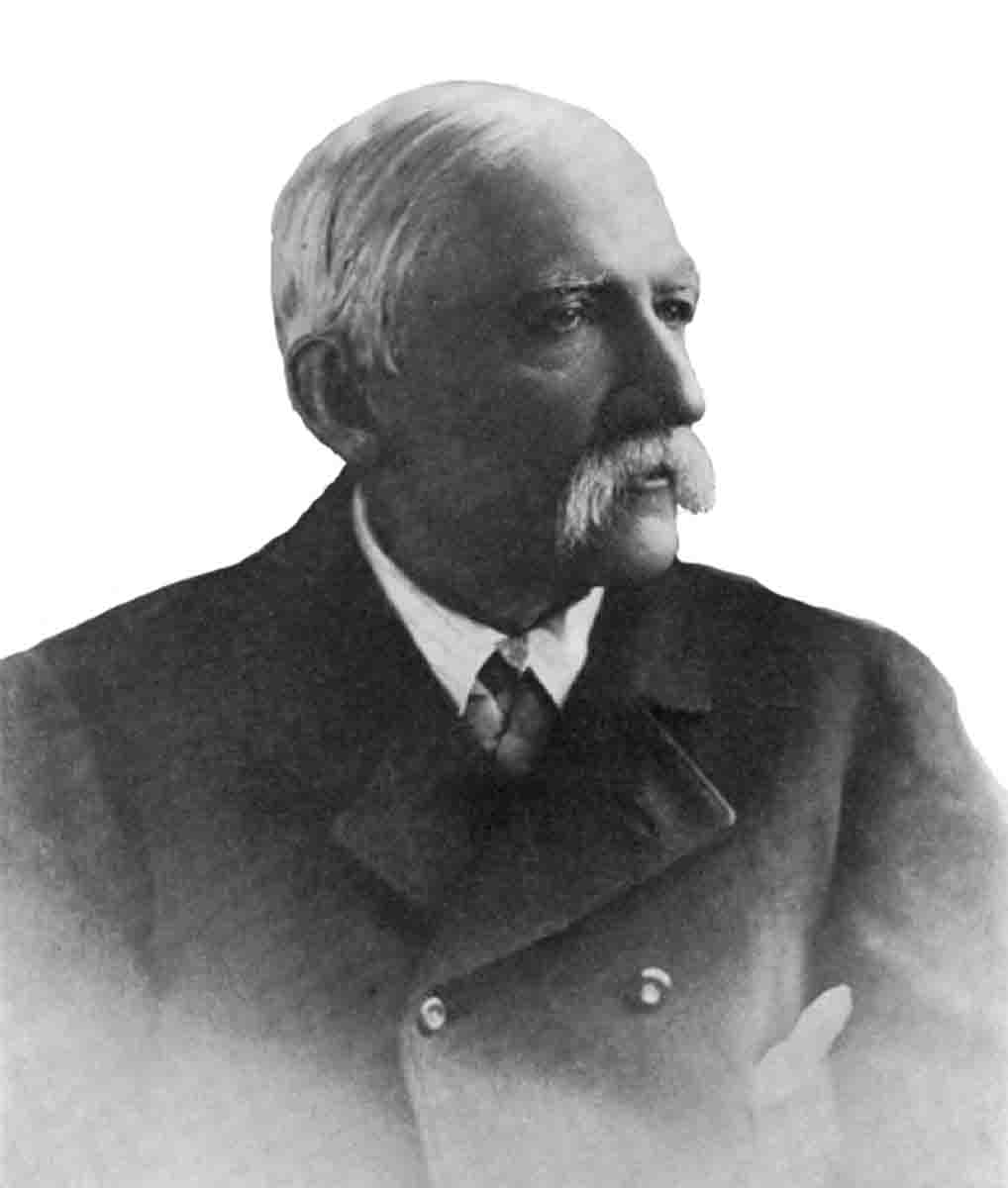With the recent announcement that the grizzly bear (Ursus arctos horribilis) has been removed from threatened and endangered status after 40 years, I was reminded of the specimen-collecting work I did for the University of Missouri Comparative Osteology Laboratory in the greater Yellowstone National Park (YNP) area so many years ago.

Col. William Pickett eventually killed 70 grizzlies, almost half the number tallied in the 1970s, by the time he left Wyoming in 1904. His “Memories of a Bear Hunter” was published in Hunting At High Altitudes in 1913 by the Boone and Crockett Club, of which he was a member. When he died at age 90, on March 5, 1917, he was arguably the champion grizzly bear killer.
Two professionals back then were Jack Clucas, area government trapper, and Larry Roop, a Wyoming Game and Fish bear specialist. Jack came to my attention because he had caught a 205-pound, male mountain lion that had killed 32 sheep in one night near Ten Sleep, Wyoming. I commented to Jack that the then-recent grizzly census of 176 bears was disturbingly few and he replied, “ Yes it was, but there are too many of them too close together, and some are actively killing livestock on ranches just outside the park boundaries.” I didn’t get that cat skeleton because it was already promised to my colleagues at the University of Wyoming in Laramie. When I saw it, it was as big as a small bear.
Then I met Larry Roop in Cody, Wyoming, and he agreed to help me get a skeleton of a grizzly up in the Sunlight Basin near the eastern border of YNP. Larry had tried to census grizzlies by cable-tying a fresh horse carcass to some boulders, setting up a blind across the glacial cirque from it, and watching. He said that he counted only one bear that pulled the carcass loose and carried it over the hill out of sight. We did recover the skeleton of an 18-year-old male grizzly that had been shot by a rancher near Pilot Peak and another younger bear that died in an avalanche.
In the course of conversations with these gentlemen, they had both suggested I read Col. William Pickett’s account of how Fourbear, Wyoming, came to be named. [Pickett’s story was also fictionalized in Ernest Thompson Seton’s book, Biography of a Grizzly.]
Pickett served on the losing side in what some Southerners term the War of Northern Aggression. He saw action at the battles of Shiloh, Perryville, Murfreesboro, Missionary Ridge and the conflicts of the Atlanta Campaign. Though he was present at Gettysburg, he was not Lt. General George Pickett for who the famous charge was named.
Following a career as a railroad builder in the postwar South, he moved to Wyoming to take up ranching on the Greybull River and quickly discovered that grizzlies like purebred Herefords. His first grizzly kill on September 16, 1877, was the taking of a 400-pound male near Mount Washburn. In his hunting, he began using a .45-caliber single shot Sharps sporting rifle taking 90-110 grains of Curtis & Harvey No. 6 fine black powder and 450- or 550-grain bullets.
Influenced by experiences with British hunter Charles Messiter, who used a .450 (3¼) black powder express double rifle with 120 grains of powder and 270-grain bullets, Pickett did considerable experimenting with hollowpoint bullets. He obtained a Sharps Long Range rifle in .44-90 (25/8) using a 450- or 500-grain bullet. For the sake of experimentation, he had a mould made for a .44-caliber, 275-grain bullet with a 1/8-inch diameter hollowpoint. While shooting fish in Henry’s Lake, one shot turned up four trout. Shooting deer, he found that at least 20 bullet fragments penetrated the lungs, and the flattened bullet base might reach the far side of the chest cavity. The trajectory was very flat, and he could easily hit a 12-inch plate at 200 yards. He killed several cow elk with the 275-grain hollowpoint bullet.

Subsequent hunting convinced him that a 340-grain bullet was much better for larger animals like elk and bear. One bull elk with a magnificent set of antlers weighed 830 pounds after evisceration! He wrote “...during the season of 1881, after I had become familiar with the habits of the grizzly bear, I killed, using an express bullet with 110 grains of black powder, twenty-three of those bears, of which seventeen required only a single shot.” He also hunted with a .45-caliber rifle using a 386-grain, 7/64-inch hollowpoint bullet propelled by 102 grains of black powder, and a 406-grain bullet with a 3/4-inch hollowpoint. He reported using 5 to 8 percent hardening for bullet casting. By 1881 Pickett had also obtained a Sharps .40-90 using a 225-grain hollowpoint and, using a 30-inch drop-tube, loaded with 100 grains of Curtis & Harvey powder. This load appeared to kill elk as well as his .44 and .45.

An incident in 1881 with a remarkably tough bear that was wounded three times but got away was resolved in July of 1885. Pickett was charged by what appeared to be an identical bear some 70 miles from the previous encounter. This time it required an additional three shots, the last in its neck, before it expired. While skinning it out, he found two 200-grain bullets from his companion’s .44-40 Winchester buried in the fleshy part of the shoulder and neck, and fragments of his own .45 Sharps bullet in the bear’s neck. By contrast, he had killed by that time an additional five bears for a total of 22 grizzlies with a single shot each. This large male was 6 feet, 10 inches in length and estimated to weigh 600 pounds. Its head was 18 inches long by 12 inches wide. Its front paw pad without toes was 7 inches long by 6 inches wide. A rear paw was 11.5 inches by 6 inches.

Fourbear, Wyoming, got its name from an incident on September 13, 1883. Pickett’s neighboring rancher, Otto Franc, had suffered the loss of over 50 head of cattle in an accident when they were trampled in a deep gully. As the cattle rotted, bears came from long distances to feast upon the carcasses. Hearing of this, Pickett was determined to see if he could take some more grizzlies. One evening he spotted a sow and two cubs. Pickett killed them with two bullets to the sow and one bullet to each cub. As night came on, it was too dark to see his front sight, even in the bright moonlight, so he wrapped the rifle muzzle with white tissue. After a while, two large bears appeared and he was able to kill one of them. This made four bears killed by 9:30 p.m. He happened to be within earshot of a U.S. Surveyor team’s campsite that was naming streams for its maps. Hence “Four Bears Creek,” a tributary of the Greybull River was named, and from December 29, 1897 onward, the nearby post office became Fourbear, Wyoming. It was eventually discontinued July 31, 1911, when mail began to be delivered in nearby Meeteetse.






